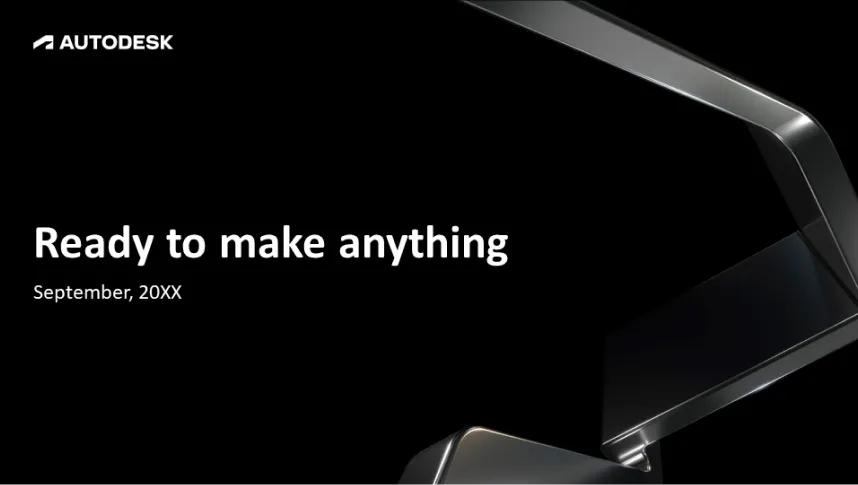Creating a well-structured presentation outline is the key to delivering an impactful PowerPoint presentation. Here are some examples of presentation outlines that you can use:
- Problem – Solution – Benefits
This is a classic outline that is often used in business and marketing presentations. You start by identifying a problem, then propose a solution, and finally discuss the benefits of your solution.
- Introduction – Body – Conclusion
This is a traditional outline structure that can be used for various types of presentations. The introduction sets the stage, the body presents your main points, and the conclusion summarizes and wraps up your presentation.
- Situation – Complication – Resolution
This narrative-driven approach is perfect for storytelling presentations. You start with a situation, introduce a complication, and finally present a resolution.
- Chronological Outline
For presentations on historical events, project timelines, or process overviews, a chronological outline can be very effective. This structure presents information in the order in which events occurred.
- Compare and Contrast Outline
This type of outline works best for presentations where you’re comparing or contrasting two or more things. It allows you to present similarities and differences in a clear, organized way.
Remember, no matter which outline you choose, it’s important to keep your main points clear and concise, support each point with relevant data or examples, and always keep your audience’s needs and interests in mind.
View Our Presentation Portfolio










